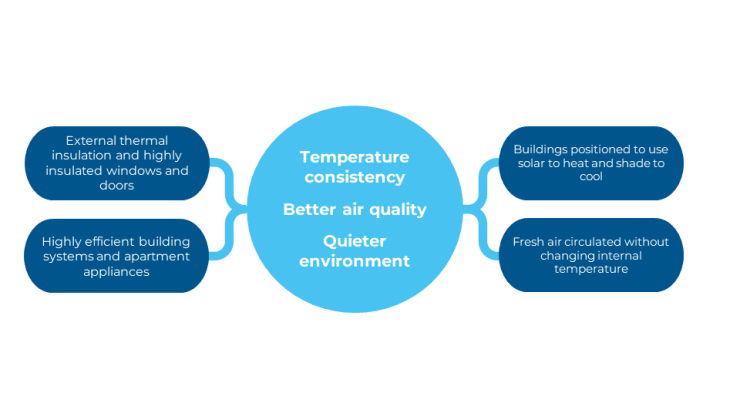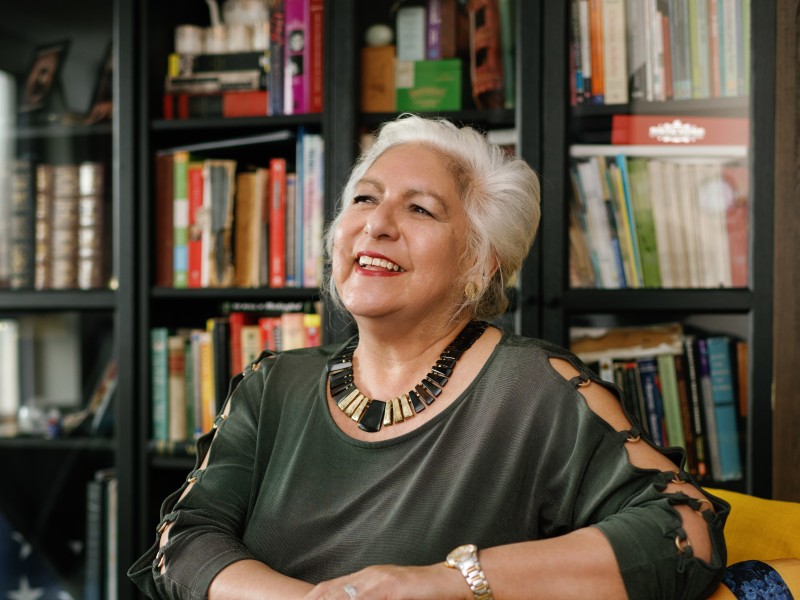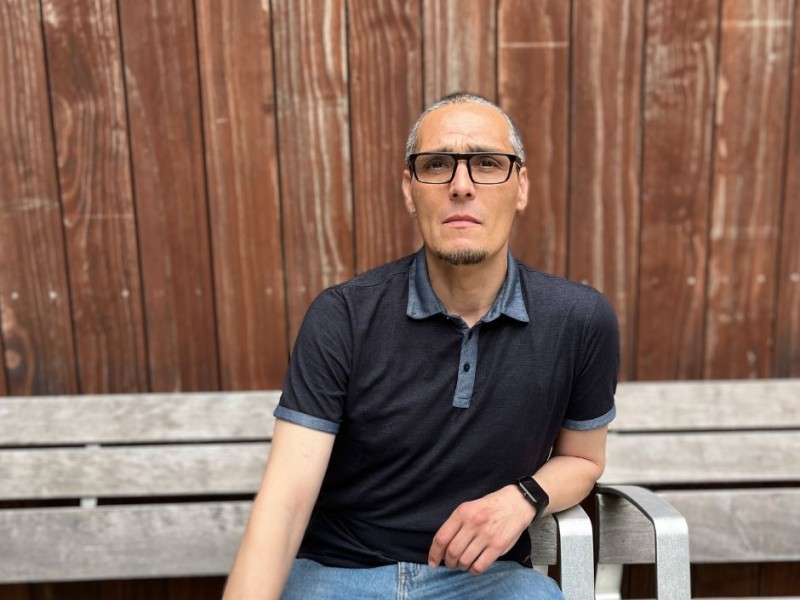What is Passive House?

2Life Communities utilizes the highest standards of universal design, adaptability, and sustainability in every project.
Passive House is a set of construction principles and 2Life’s primary construction method to address energy usage and resiliency, bringing improved health, economic, and environmental benefits to our residents and addressing the important objective of reducing our carbon footprint.
In March 2024, 2Life opened J.J. Carroll House in Brighton, which, when certified, will be the largest Phius certified Passive House building in Massachusetts and in the top 10 for all Passive House buildings in the United States and Canada. That sounds amazing, but what does “building a Passive House ” mean, and where did the principles originate?
About 36 years ago, Professor Bo Adamson of Lund University, Sweden, and Dr. Wolfgang Feist of the Institute for Housing and the Environment, Germany, set out to create affordable, comfortable housing that provided superior air quality and consumed very little energy while still featuring creative design. Their vision became a reality with the construction of the Kranichstein PassiveHouse in Darmstadt, Germany, in 1990. The row of four terrace houses boasted heating energy consumption that was only 10% of standard homes at the time because they used only internal heat sources, solar energy, and the minimal heating of fresh air through mechanical ventilation heat recovery.
In the last few decades, the term “Passive House” has come to mean housing that consumes very little energy. However, that definition ignores the focus on resident comfort and environmental impact.
Passive House standards in Massachusetts in recent years stay true to the original intent of Lund and Feist and focus on:
- Very low energy use and operational costs
- Healthy air quality
- Comfortable interior temperatures with no drafts
- Maximizing natural light and minimizing acoustic noise
- Building resilience and comfort
To achieve these goals, builders rely on continuous exterior thermal insulation, high-performing windows and doors, solar energy, highly efficient mechanical systems, and other insulation and energy loss prevention methods.
Check out this video to see how it all works:
Energy consumption is not the only environmental factor 2Life considers. Reducing carbon emissions and building a structure that is better prepared for climate change are additional factors. Not only are building materials selected for their durability, but lowering carbon emissions created in the production, installation, maintenance, transportation, and disposal of these building materials is another 2Life priority. Leland House, currently under construction in Waltham, has received Passive House pre-certification and two awards in the Built Environment Plus and Massachusetts’s Clean Energy Center’s Embodied Carbon Reduction Challenge, recognizing our team’s efforts in reducing upfront carbon and creating a replicable, cost-effective model.
Passive House standard aligns with 2Life’s real estate development approach of creating inviting, comfortable spaces that are both efficient and built to last – because it’s the right thing to do for the environment as well as 2Life’s residents. Resilient buildings and durable appliances mean fewer costly repairs and upgrades over time. The focus on healthy air circulation and controlled building and apartment temperatures means that our residents live in comfort both in their apartments and in common areas, and they do not have to worry about heating and cooling costs. Finally, any funds saved through construction rebates and lower energy consumption can be allocated to services, programs, or additional projects to benefit older adults.
2Life is committed to adhering to the Passive House principles in every new community we create.
To learn more about Passive House:


